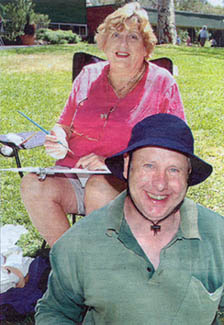Plein air watercolour is immediate. It captures fleeting atmosphere.
But pigments dry rapidly in sunlight. The hues lose saturation.

Watercolour
Watercolour inspires creativity. This medium is capable of creative expression.
Student-quality watercolours are cheap and available.
Watercolour is a fluid and transparent medium. Artists can create effects ranging from gentle, dreamlike backgrounds to striking, vibrant images. It is favoured for its ability to capture light, ambience, and emotion.
Typically, the paint is used on thick paper. You will also require paint, brushes, and water. The brushes can be made from natural hair or synthetic materials.
En plein air
The phrase en plein air pertains to the technique of painting outside. One can depict shifting weather and natural light. The atmosphere conveys the mood or emotion of the landscape.
Composition includes:
- foreground;
- middle ground; and
- background.